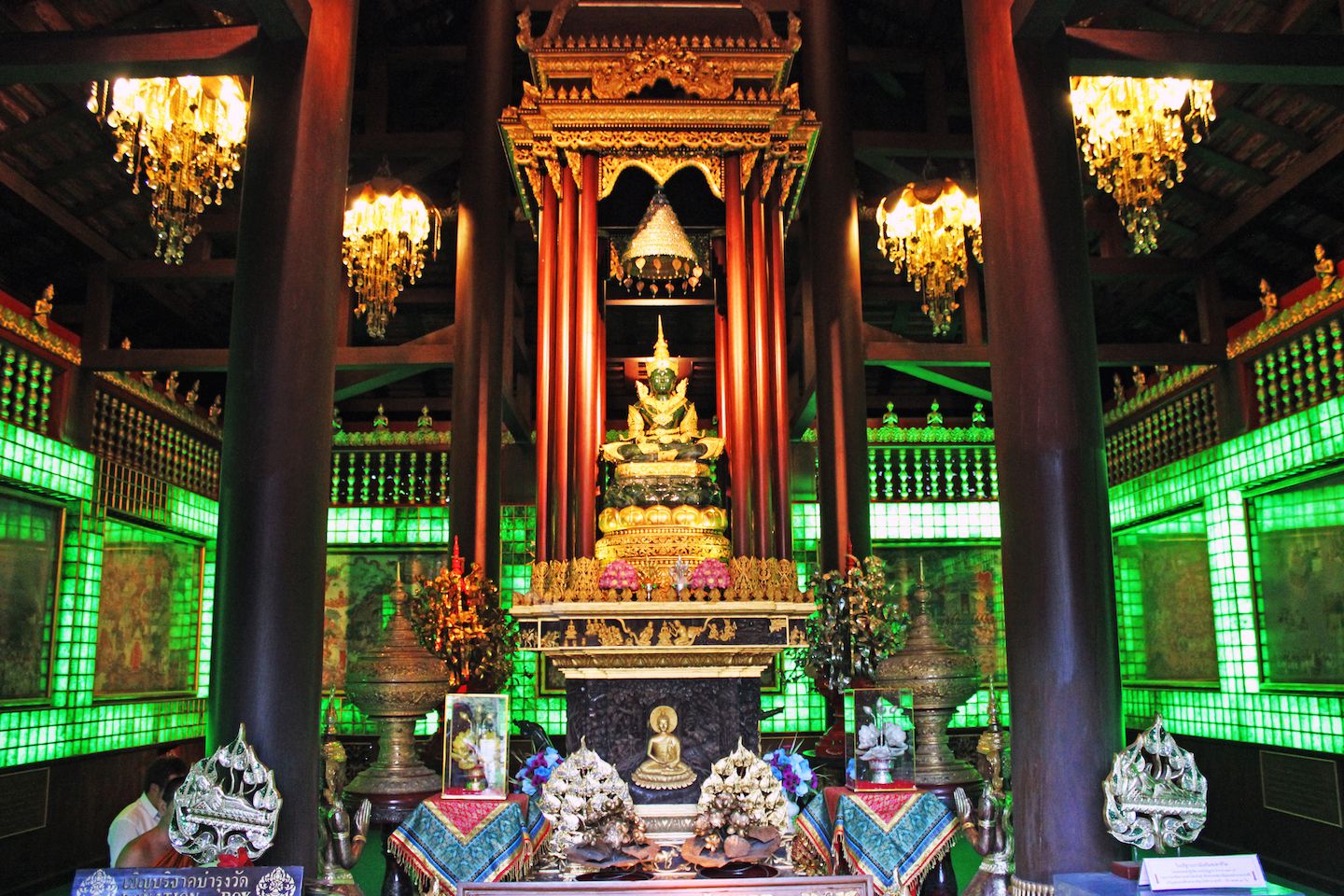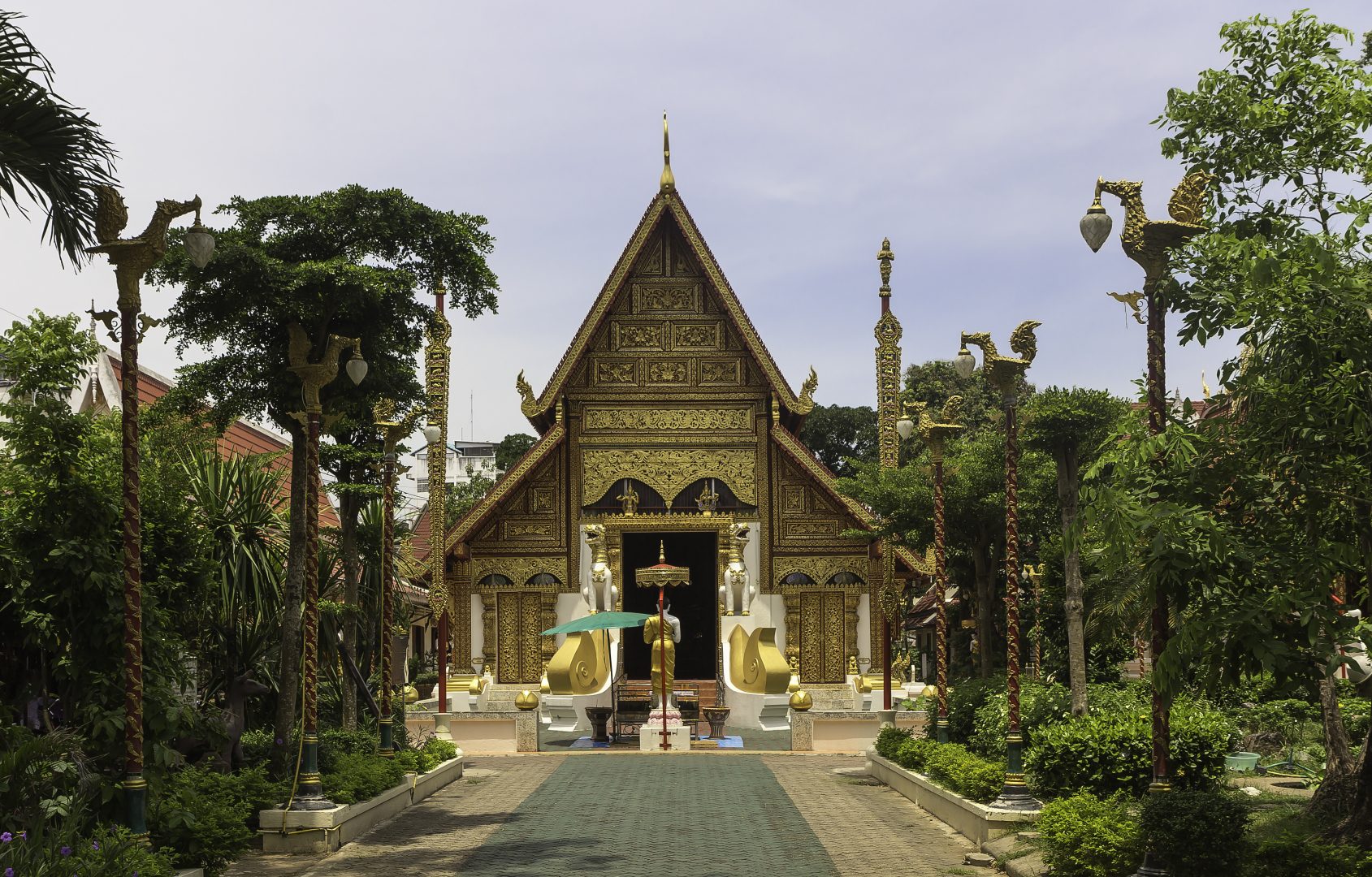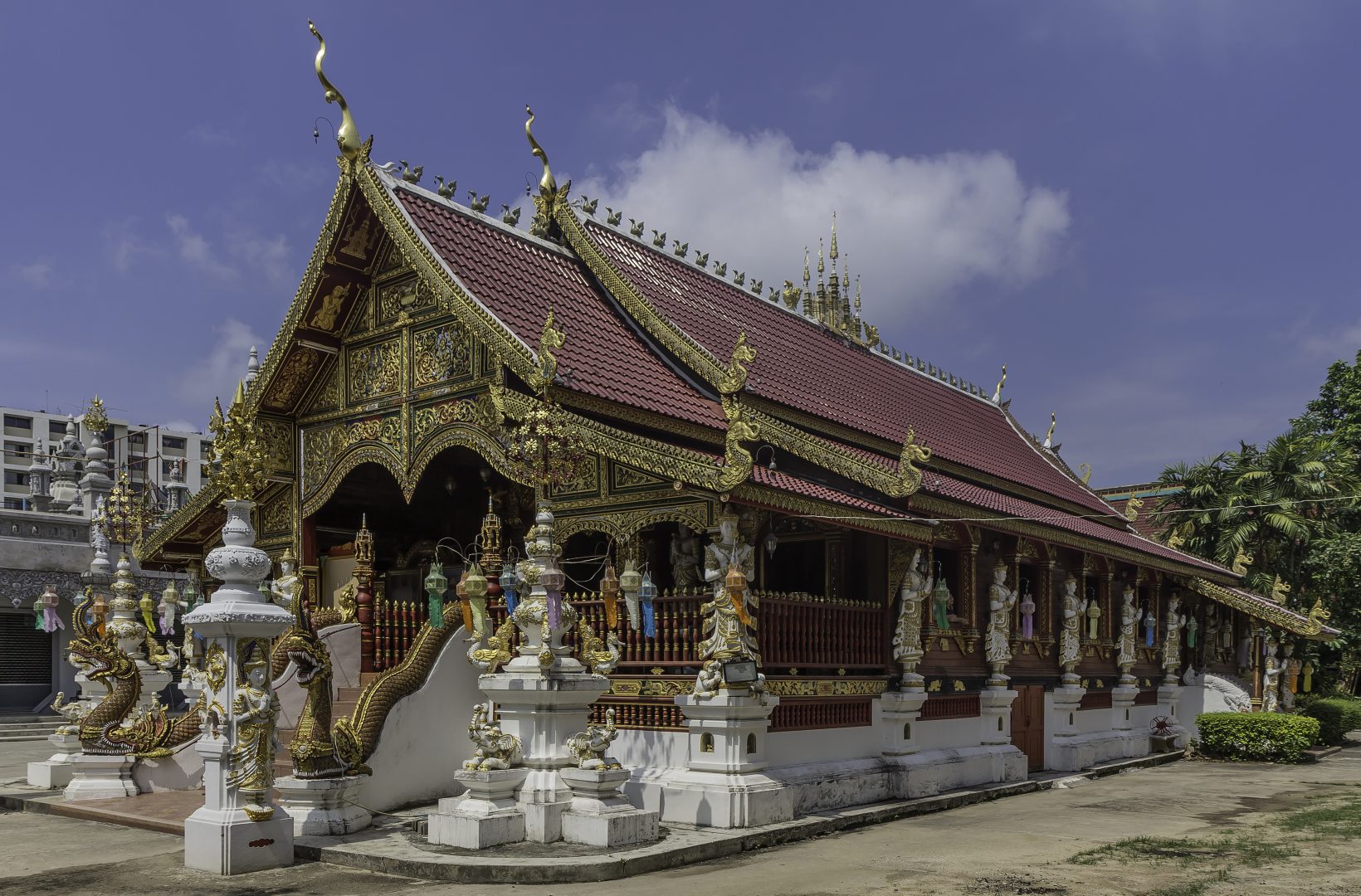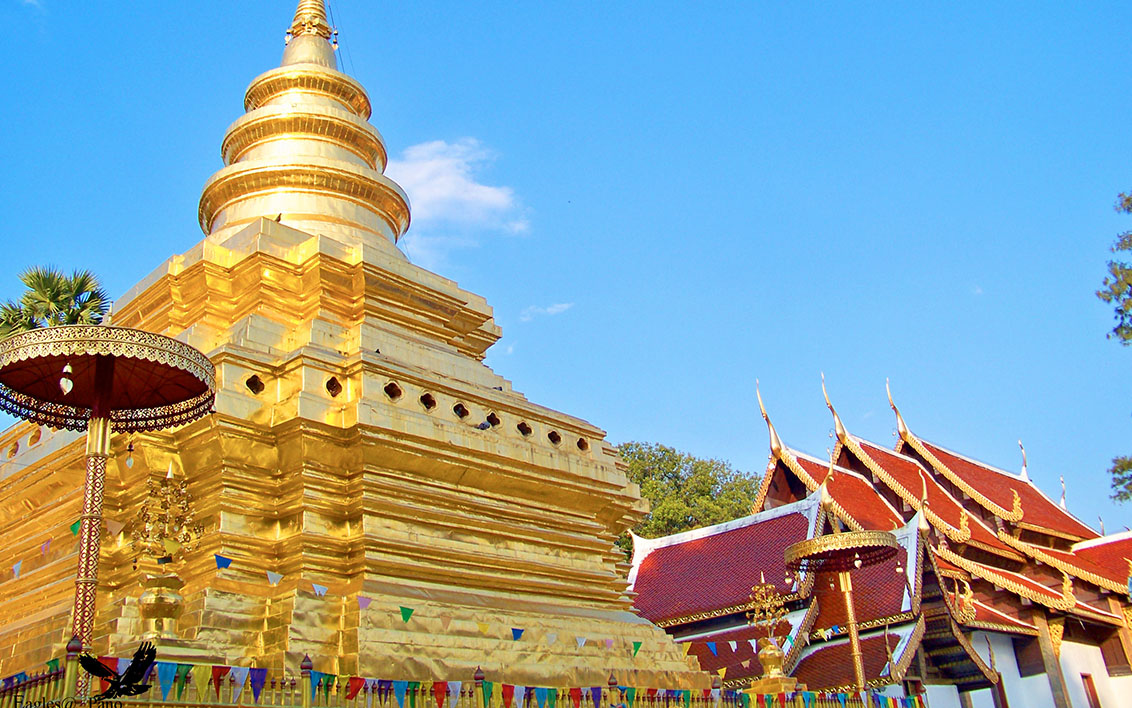Chiang Rai was the capital of Lanna, a kingdom that used to occupy the upper northern part of Thailand which has many wondrous temples.
Chiang Rai was the capital of Lanna, a kingdom that used to occupy the upper northern part of Thailand which has many wondrous temples; here are some of the temples you should visit.
1. Wat Phra Kaew

Wat Phra Kaew, located at the center of Chiang Rai was the original home of the Emerald Buddha which according to legend was re-discovered when the stupa (chedi) floor was struck by a bolt of lightning revealing the statue inside.
2. Wat Phra Singh

Wat Phra is Singh located on Tha Luang Road was originally built using classic Lanna style by King Pra Chao Maha Proma during the 15th century and has been restored several times since then.
3. Wat Ming Muang

The Wat Ming Muang, located on Trirat Road on central Chiang Rai was built in 1262 by King Mengrai the Great. Queen Devi Usapayako, His wife, who frequently visited the temple to worship the main Buddha statue which is enshrined inside the temple’s wooden vihara ordered its first renovation. The assembly hall of Watt Ming Muang has a unique design called the “Buddha’s eyebrows” and was also frequented by King Mengari during the full moon night of Visaka as his mother’s ashes were stored in this temple.
4. Wat Phra That Doi Chom Thong

Wat Phra That Doi Chom Thong was home to local spirits and a sacred site for a very long time before Buddhism arrived in the area.
5. Wat Rong Khun

Wat Rong Khun or the White Temple was designed by a well-known architect named Chalermchai Kositpipat. This magnificent temple has kept on evolving over the last decade and is estimated to take around 90 years to complete. Chalermchai trained a large group of people to complete his vision and legacy and the construction of this temple will continue long after his death.
